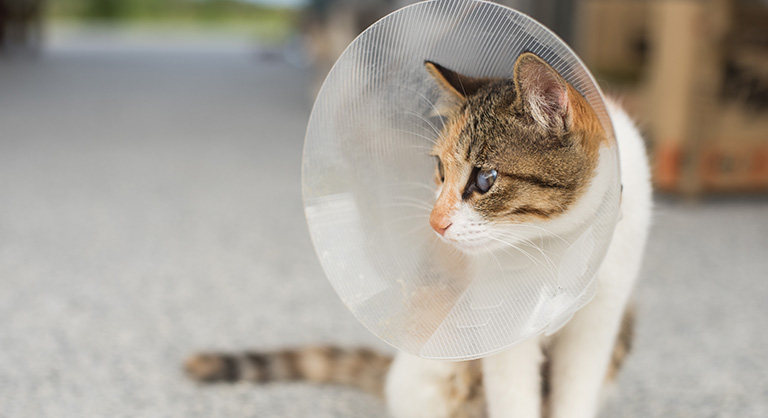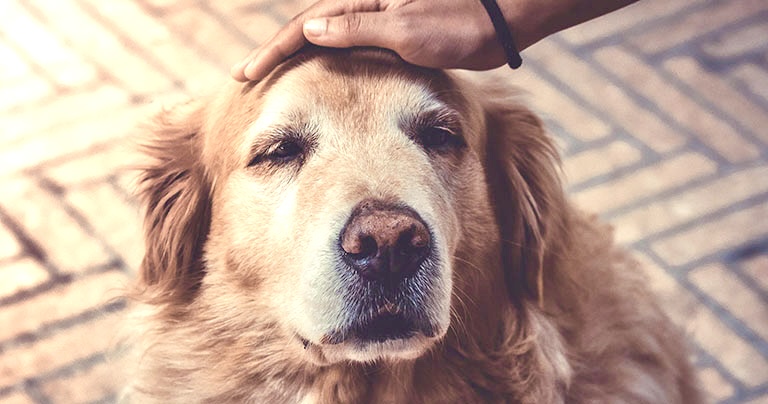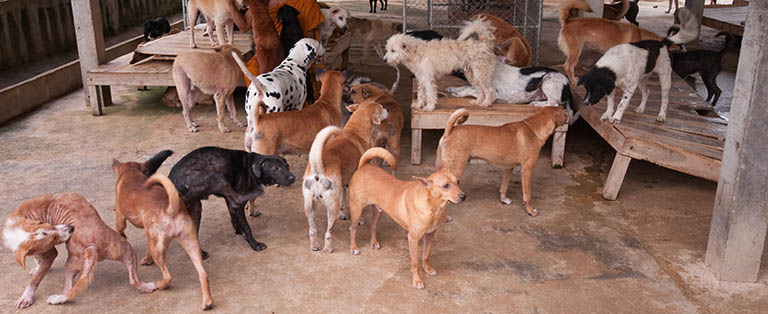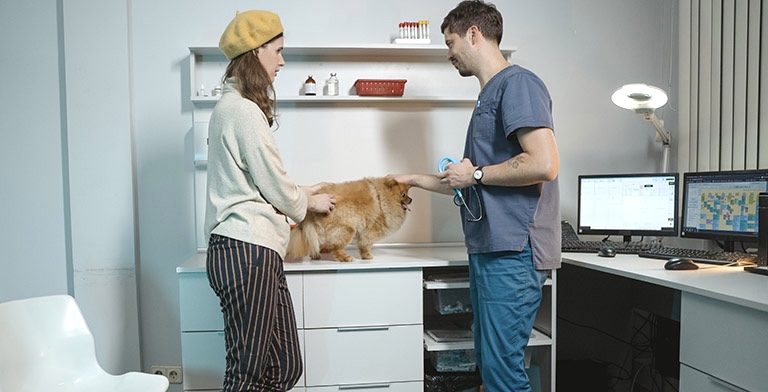As a responsible pet owner, one of the most impactful decisions you’ll face is whether to spay or neuter your pet. This choice holds considerable weight, as it directly influences your pet’s health and behavior along with broader concerns like population control. By understanding the advantages and potential risks associated with spaying and neutering, you can confidently navigate this crucial aspect of pet care, ensuring the best possible outcomes for your furry friend and the community as a whole.
What is Spaying and Neutering?
Spaying and neutering are procedures that sterilize an animal to prevent reproduction. Female animals are spayed, and male animals are neutered. During surgery an incision is made below the belly button of the abdomen. The reproductive organs are then removed through that incision. The veterinarian then closes up the opening so the skin and tissues can heal (for male cats the incision is not sealed, but will close on its own with time).
Both spaying and neutering procedures require general anesthesia, ensuring your pet is fully asleep and intubated throughout the surgery. Prior to administering general anesthesia, your pet receives a preanesthetic medication to induce sleep and alleviate any discomfort. This ensures a safe and comfortable experience for your pet during the sterilization process. The surgery can take anywhere between two minutes to an hour and a half depending on the breed, sex and age of the animal.
After Care
Following their procedure, it’s important to provide your pet with a calm, warm environment inside your home. Prevent them from running, jumping or accessing high places. Keep your pet isolated from other animals and children for at least 12 hours, and offer small amounts of food and water.
Avoid bathing your pet or using flea products on them during the first seven days post-surgery. Monitor the incision site daily for signs of excessive redness, swelling, oozing or separation. For more insightful instructions read here.

Why it is Important to Spay and Neuter Pets
Health Benefits for Cats and Dogs
Research demonstrates that spayed and neutered cats and dogs tend to live longer compared to those who aren’t. A University of Georgia study, drawing data from over 70,000 animal patients, revealed significant advantages in the life expectancy of neutered and spayed pets. The study found that neutered male dogs live 13.8% longer, spayed female dogs 26.3% longer, spayed female cats 39% longer and neutered male cats 62% longer.
These procedures also offer protection against various serious diseases. Spaying female dogs and cats helps prevent a potentially fatal urinary infection called pyometra, reduces the risk of breast cancer and the cancers connected to the reproductive system. Neutering male pets eliminates the risk of testicular cancer and reduces the likelihood of developing enlarged prostate glands.

Behavioral Benefits for Cats and Dogs
Neutering male pets greatly reduces their inclination to roam, which decreases the chances of them running away. Intact dogs, both male and female, are more prone to urine-marking behaviors, which neutering and spaying largely resolves. In cats, the urge to spray is notably strong in those not altered, with neutering and spaying addressing up to 90% of marking issues.
Moreover, neutering and spaying can mitigate aggressive behavior, mounting activating and excessive barking. These procedures also help with in-heat activity like yowling, vocalizing, rolling and demanding behavior. While it may not address every behavioral concern, neutering and spaying can help minimize issues related to sexual drive and being in heat.

Cheaper Cost Overall
Beyond the immediate safety benefits, spaying and neutering also offer financial advantages. Pet parents of spayed or neutered pets may endure less medical bills, as the likelihood of their pet being aggressive or wandering is lower. The cost of these procedures is also considerably lower than caring for and feeding a litter of puppies or kittens. Also, surgeries can save you from potential financial strain and emotional distress by preventing certain illnesses.

Not Contributing to the Overpopulation
Each year, millions of cats and dogs, regardless of age or breed, face euthanasia or suffer as strays. This staggering reality stems from unplanned litters that could have been averted through spaying and neutering. The issue of stray animals is a genuine concern across various regions, as they can pose multiple hazards.
Stray animals not only prey on wildlife but also contribute to car accidents, disrupt local ecosystems and instill fear in children. Spaying and neutering initiatives play a crucial role in curbing the amount of animals on the streets. By preventing unplanned pet litters, these surgeries effectively address the root cause of the stray animal problem, promoting safer communities and healthier environments for both humans and wildlife.

When Should I Spay and Neuter My Pets?
To prevent unwanted pregnancies, it’s advisable to neuter or spay cats around 4-6 months of age, after they’ve completed their primary vaccinations. However, older cats can still undergo these procedures safely.
For dog breeds weighing under 45 pounds, such as toy breeds, it’s recommended to have them fixed around 6-9 months old. Larger breeds should ideally be neutered or spayed around 1-2 years of age. These timelines are general suggestions, as the optimal age for the procedure depends on the breed and its susceptibility to certain cancers.
Consulting with your veterinarian is essential to determine the best timing for spaying or neutering your specific pets, considering their individual needs and health considerations.
Possible Negative Side Effects of Spaying and Neutering
Before opting for spaying and neutering your pet, it’s crucial to be aware of potential risks to their health. An animal undergoing one of these surgeries before reaching their full size can stunt their growth. Also, early spaying or neutering, especially in larger breeds of dogs, may elevate the risk of osteosarcoma (bone cancer).
There is also a heightened risk of obesity due to metabolic and appetite changes post-procedure. Inflammation or infection in the incision area is also possible post-surgery. Furthermore, spaying or neutering could exacerbate aggression issues in some breeds and increase susceptibility to immune-mediated diseases like hypothyroidism and autoimmune hemolytic anemia. There’s also a correlation with hip dysplasia and cranial cruciate ligament rupture.
It’s important to have an in-depth discussion with your veterinarian regarding the potential risks associated with spaying or neutering your dog or cat. Understanding these risks helps you make informed decisions regarding your pet’s health and well-being.

Responsible Pet Ownership
The decision to spay or neuter your pet is a multifaceted one that requires careful consideration of various factors. From the health and behavioral benefits to the broader impact of pet overpopulation, spaying and neutering play a crucial role in responsible pet ownership. While it’s important to be aware of potential risks and side effects, the overwhelming benefits of these procedures far outweigh the risks for most pets. By working closely with your veterinarian and staying informed, you can make the best choice for your furry friend.



